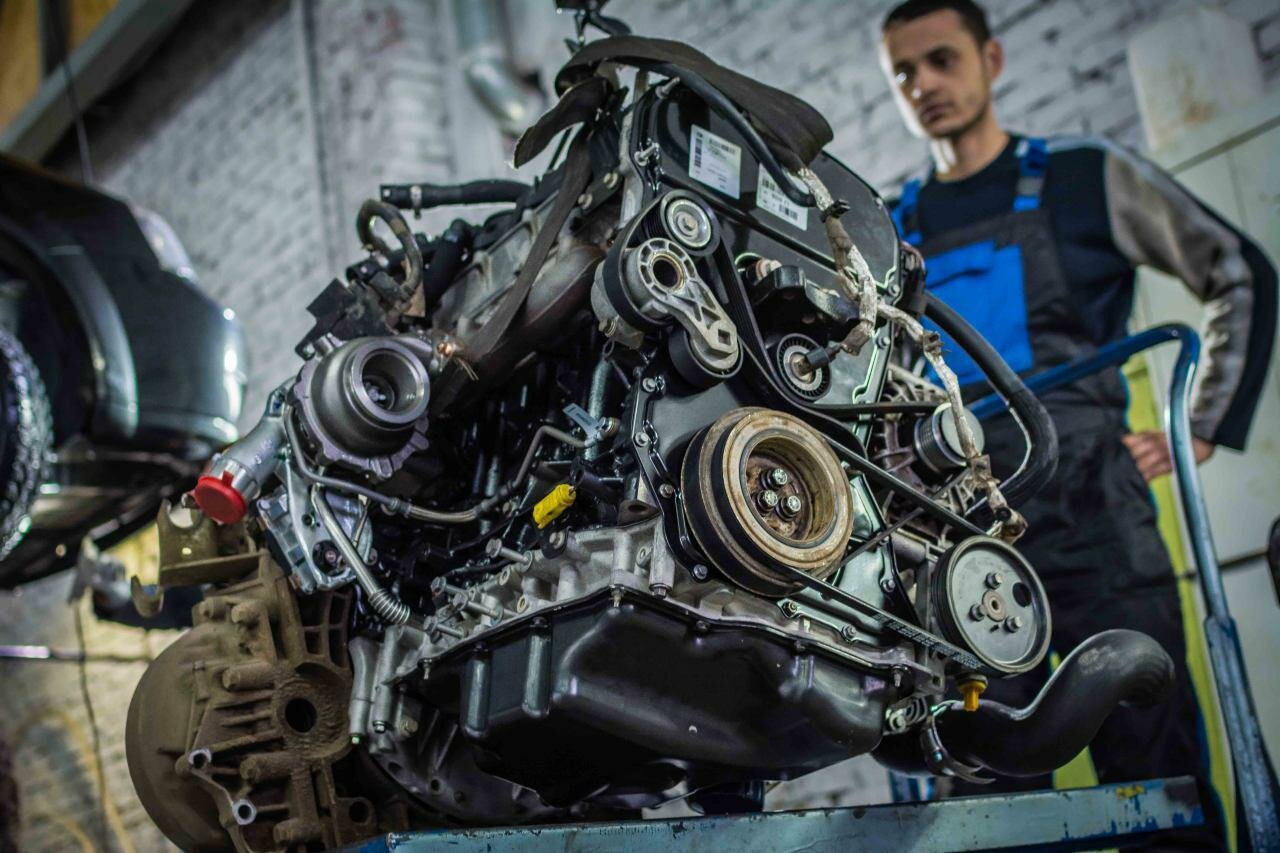Chevy Impala 2.5-Liter Engine: A Brief Overview
A Legacy of Performance
The Chevrolet Impala has long been a staple in the American automotive landscape, known for its blend of style, comfort, and performance. First introduced in 1958, the Impala quickly gained popularity and became a symbol of American muscle and innovation. Over the decades, it has undergone numerous redesigns and updates, adapting to changing consumer preferences and technological advancements. The 2.5-liter engine, part of the eighth generation of the Impala launched in 2014, was designed to offer a balance between efficiency and power, catering to drivers looking for a reliable daily driver without sacrificing performance.
However, while the Impala has enjoyed a solid reputation, the 2.5-liter engine has not been without its share of issues. As with any mass-produced vehicle, certain problems have emerged over time, raising concerns among owners and potential buyers. The engine was intended to provide a smooth driving experience with decent fuel economy, but several reports have surfaced detailing various mechanical failures and performance-related issues. Understanding these problems is crucial for anyone considering the purchase of a Chevy Impala equipped with this engine, as they can significantly impact the vehicle’s reliability and overall ownership experience.
In this article, we will delve into the specific problems associated with the Chevy Impala’s 2.5-liter engine, examining the common complaints from owners, the potential safety implications, and the overall impact on the vehicle’s performance. By shedding light on these issues, we aim to provide prospective buyers and current owners with the information they need to make informed decisions regarding their vehicles.
Common Problems with the Chevy Impala 2.5-Liter Engine
The Chevy Impala’s 2.5-liter engine, while designed to deliver a reliable and efficient driving experience, has been plagued by several notable issues. Understanding these problems is essential for current and prospective owners, as they can lead to significant performance degradation and costly repairs.
Engine Performance Issues
One of the most frequently reported problems with the 2.5-liter engine is a noticeable decline in performance. Owners have reported symptoms such as:
- Loss of power during acceleration
- Unusual engine noises, including knocking or ticking sounds
- Rough idling and stalling
These performance issues can be attributed to various factors, including faulty fuel injectors, issues with the throttle body, or problems with the engine’s internal components. The decline in performance not only affects the driving experience but can also lead to safety concerns if the vehicle fails to respond adequately in critical situations.
Oil Consumption Problems
Another significant issue reported by owners is excessive oil consumption. Many drivers have noted that their Impalas require more frequent oil changes and top-offs than expected. This problem can lead to:
- Increased engine wear and tear
- Potential engine damage due to low oil levels
- Higher maintenance costs over time
Excessive oil consumption can be caused by a variety of factors, including piston ring failure or valve seal deterioration. Ignoring this problem can result in catastrophic engine failure, making it crucial for owners to monitor oil levels closely.
Cooling System Failures
The cooling system in the 2.5-liter engine has also been a source of concern. Issues such as coolant leaks or overheating can arise, leading to:
- Engine overheating, which can cause severe damage
- Increased risk of head gasket failure
- Potential for complete engine failure if not addressed
Regular maintenance and monitoring of the cooling system are essential to prevent these issues from escalating.
Transmission Problems
While not directly related to the engine itself, transmission problems have been reported in conjunction with the 2.5-liter engine. Symptoms include:
- Delayed or harsh shifting
- Slipping gears
- Unusual noises during gear changes
These transmission issues can compound the problems experienced with the engine, leading to a frustrating driving experience and increased repair costs.
Table of Symptoms and Consequences
| Symptom | Possible Consequence |
|---|---|
| Loss of power during acceleration | Reduced performance and safety risks |
| Excessive oil consumption | Increased maintenance costs and potential engine damage |
| Engine overheating | Severe engine damage and potential failure |
| Delayed or harsh shifting | Frustrating driving experience and increased repair costs |
Top views |
|
|---|---|
 |
Oil, Timing Chains, Pistons: What Really Kills an Engine Prematurely? |
 |
How to Choose a Car with a Reliable Engine: Used Car Market Hacks That Actually Work |
Conclusion
The Chevy Impala’s 2.5-liter engine presents several problems that can affect performance, reliability, and safety. Awareness of these issues is crucial for owners to mitigate risks and maintain the vehicle effectively. Regular maintenance and prompt attention to symptoms can help prolong the life of the engine and ensure a safer driving experience.




0 Comments